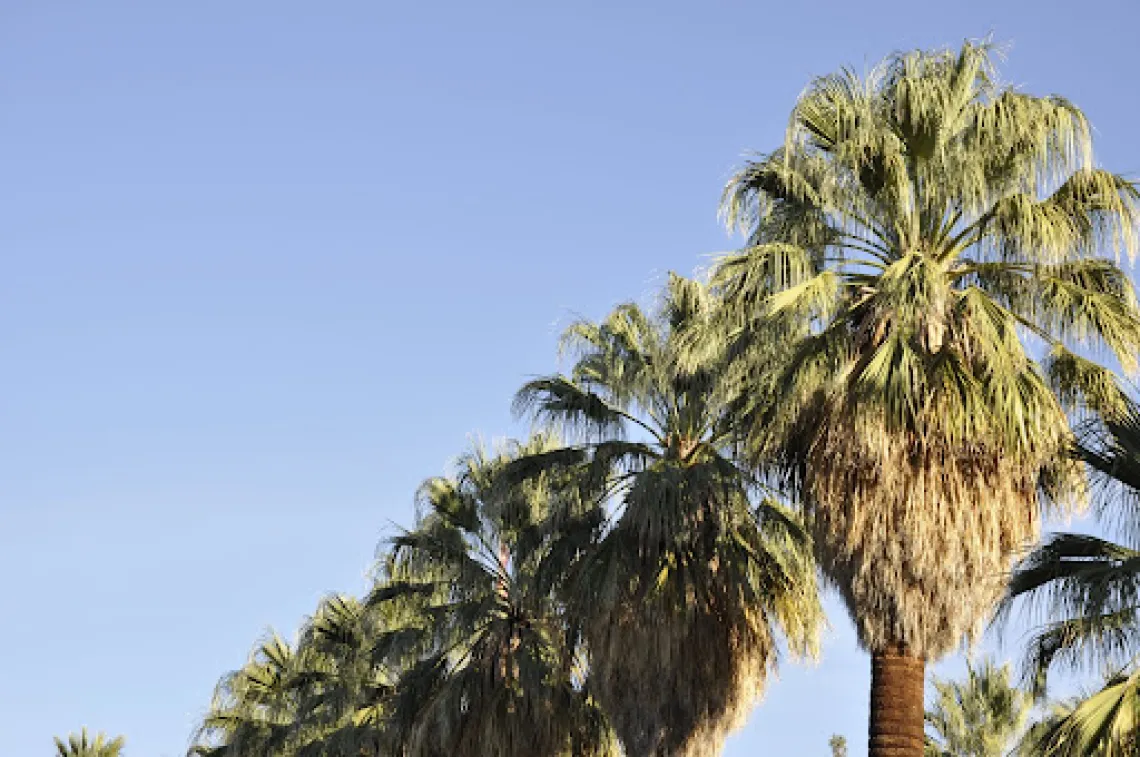New SW CASC Research Shows Link Between Socioeconomic Conditions and Access to Urban Vegetation

A recent study published in Sustainable Cities and Society describes how the cooling effects of urban vegetation in Los Angeles during periods of drought is linked to socioeconomic conditions. The publication, “Drought-vulnerable vegetation increases exposure of disadvantaged populations to heatwaves under global warming: A case study from Los Angeles,” was authored by Chunyu Dong, a postdoctoral researcher partially supported by the SW CASC, and co-authored by SW CASC co-principal investigator Glen MacDonald (UCLA).
In their research, the authors investigated the sensitivity of urban vegetation to drought in Coastal Greater Los Angeles from 2001 to 2020. They found that race and economic conditions influence access to green space in urban areas and that low-income areas with higher proportions of Hispanic and Black residents were “typified by vegetation more sensitive to drought, which is likely linked to inequality in water use.” Since vegetation grown in cities typically requires increased outdoor water usage, low-income neighborhoods may be unable to afford the additional costs of irrigating plants. According to the study, low-income urban neighborhoods in the U.S. also “tend to have high soil impermeability, less vegetation, and lower greenness.”
Urban vegetation plays a vital role in regulating temperatures during heat waves which is especially important in the face of climate change. Inequalities in water use, driven by economic factors, can mean that low-income neighborhoods have less greenness and therefore experience fewer of the cooling benefits that come with vegetative cover. The authors found that many of the neighborhoods with lower greenness and less outdoor water usage were “Historic Redline” circled regions. As southern California is projected to become warmer and drier over time, the increased exposure to heat waves due to a lower degree of vegetative cooling in low-income communities is an environmental justice issue, according to the authors.
Under a warming climate, drought-tolerant urban vegetation is part of promoting environmental sustainability in disadvantaged communities and socially resilient cities. The authors state that “recognition of these [urban vegetation] trends may help to promote assistance to disadvantaged people, responsive city planning, sustainable landscape planning and care, and water resource management, beneficial for strengthening climate change mitigation and adaptation in cities, and furthering environmental justice.”

